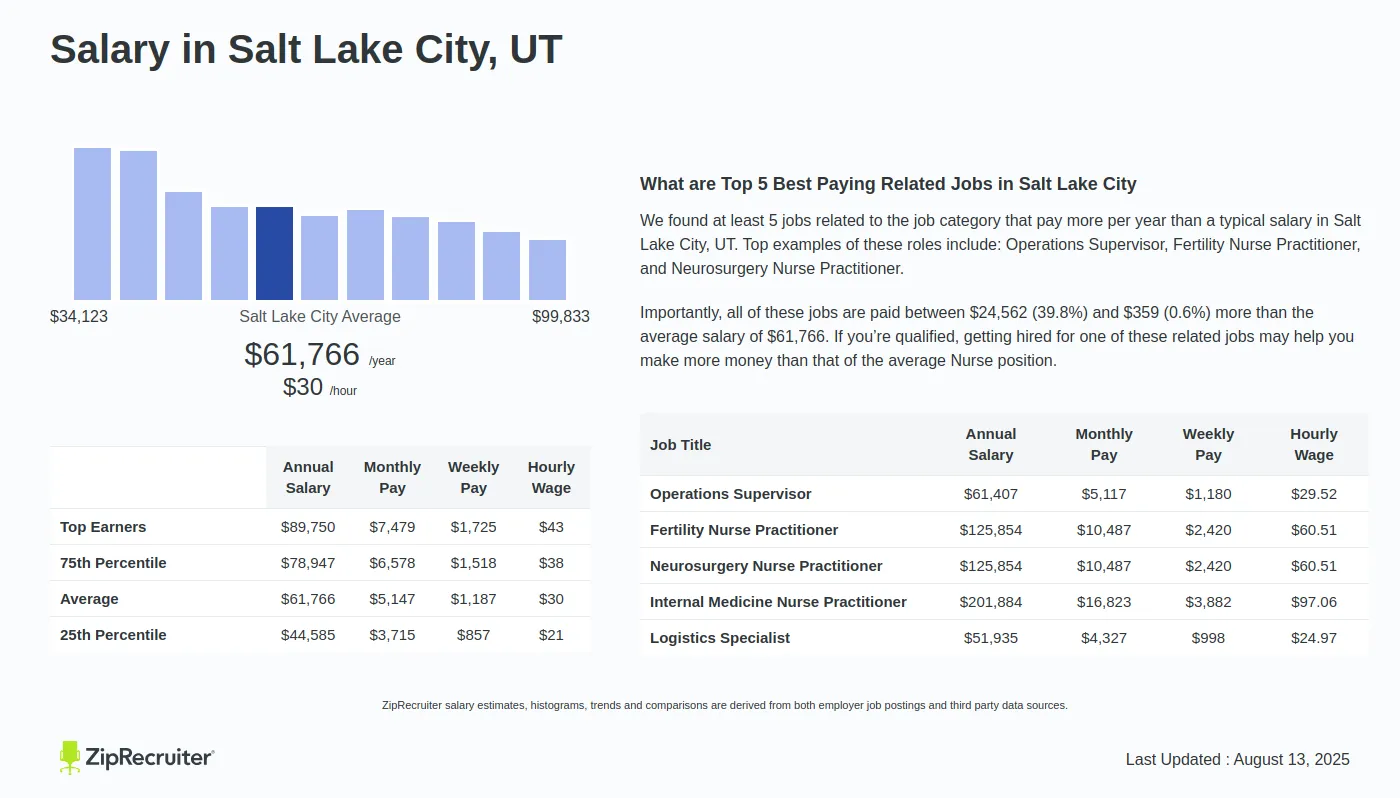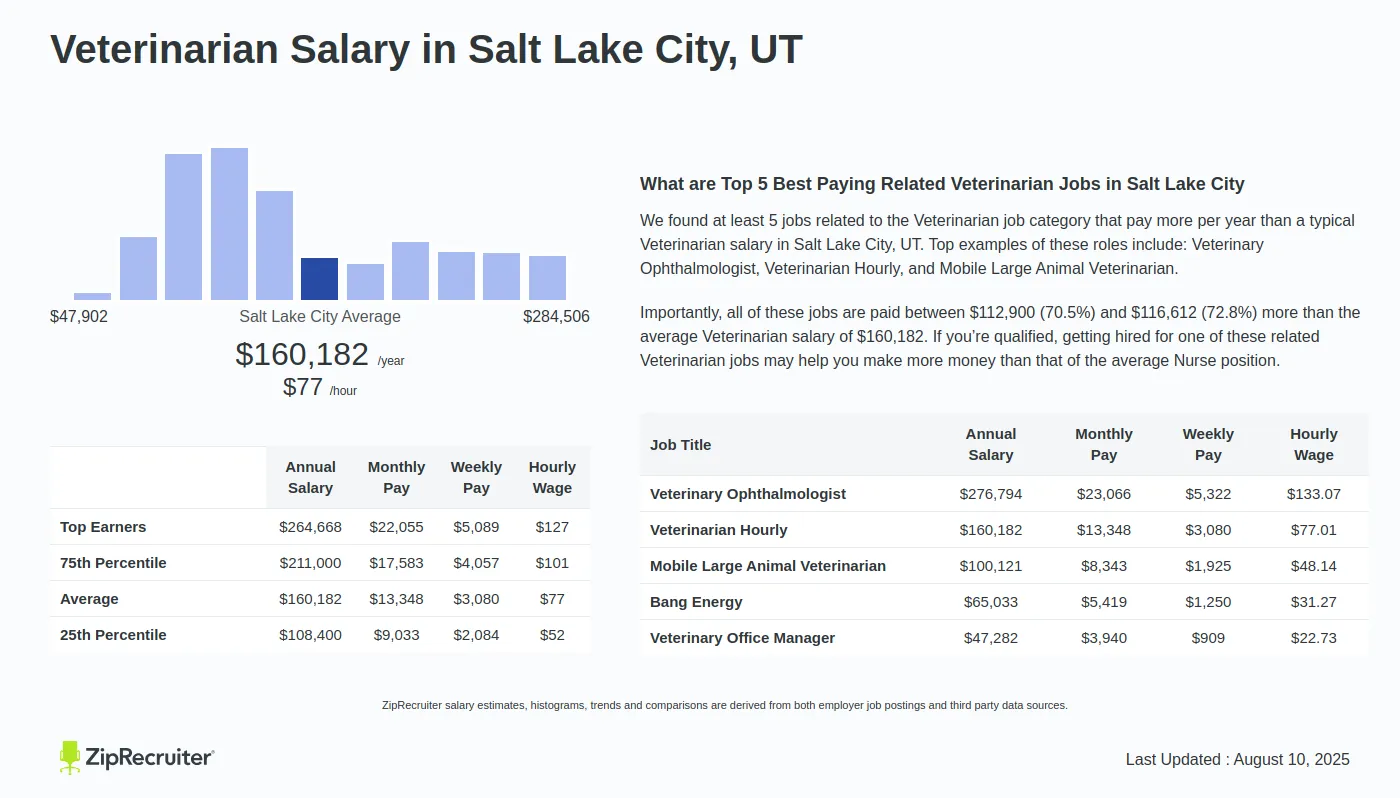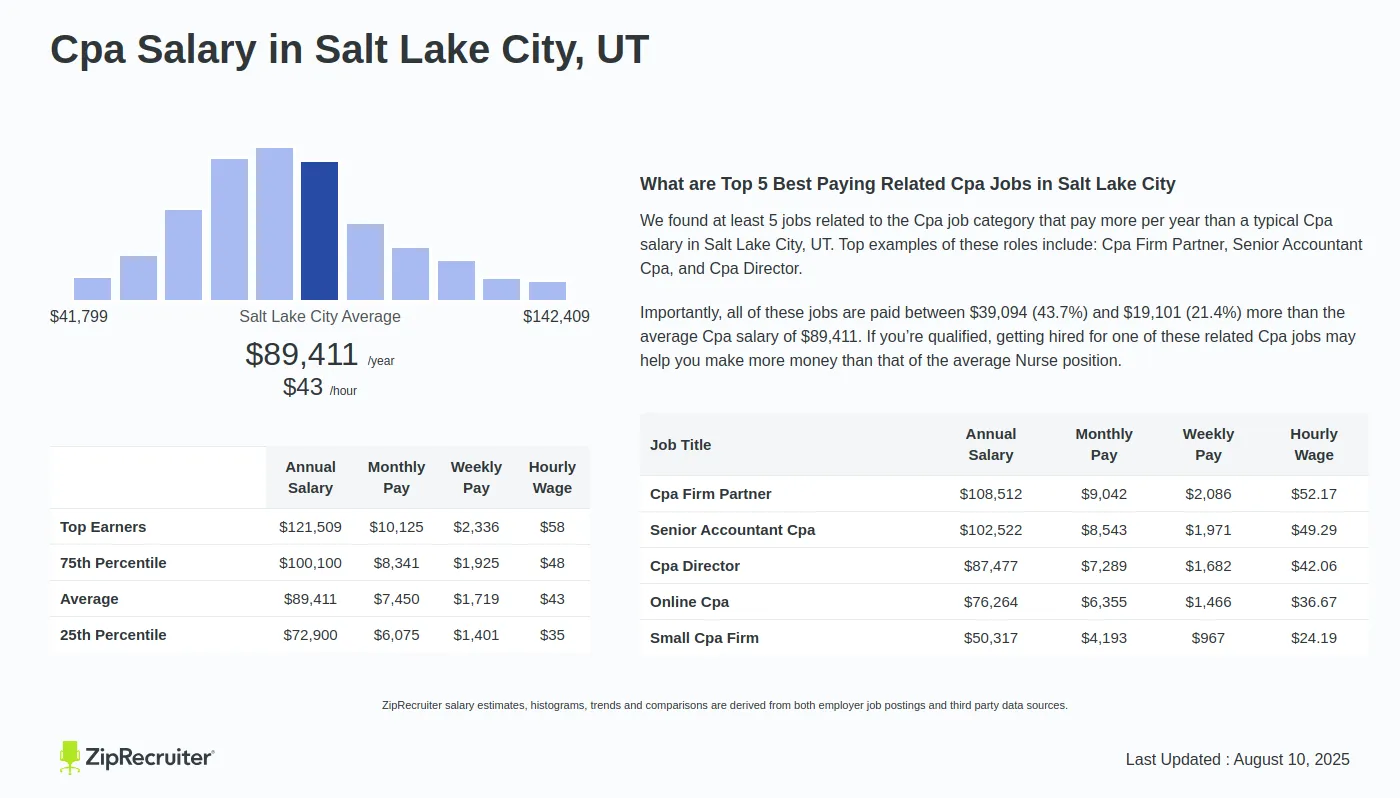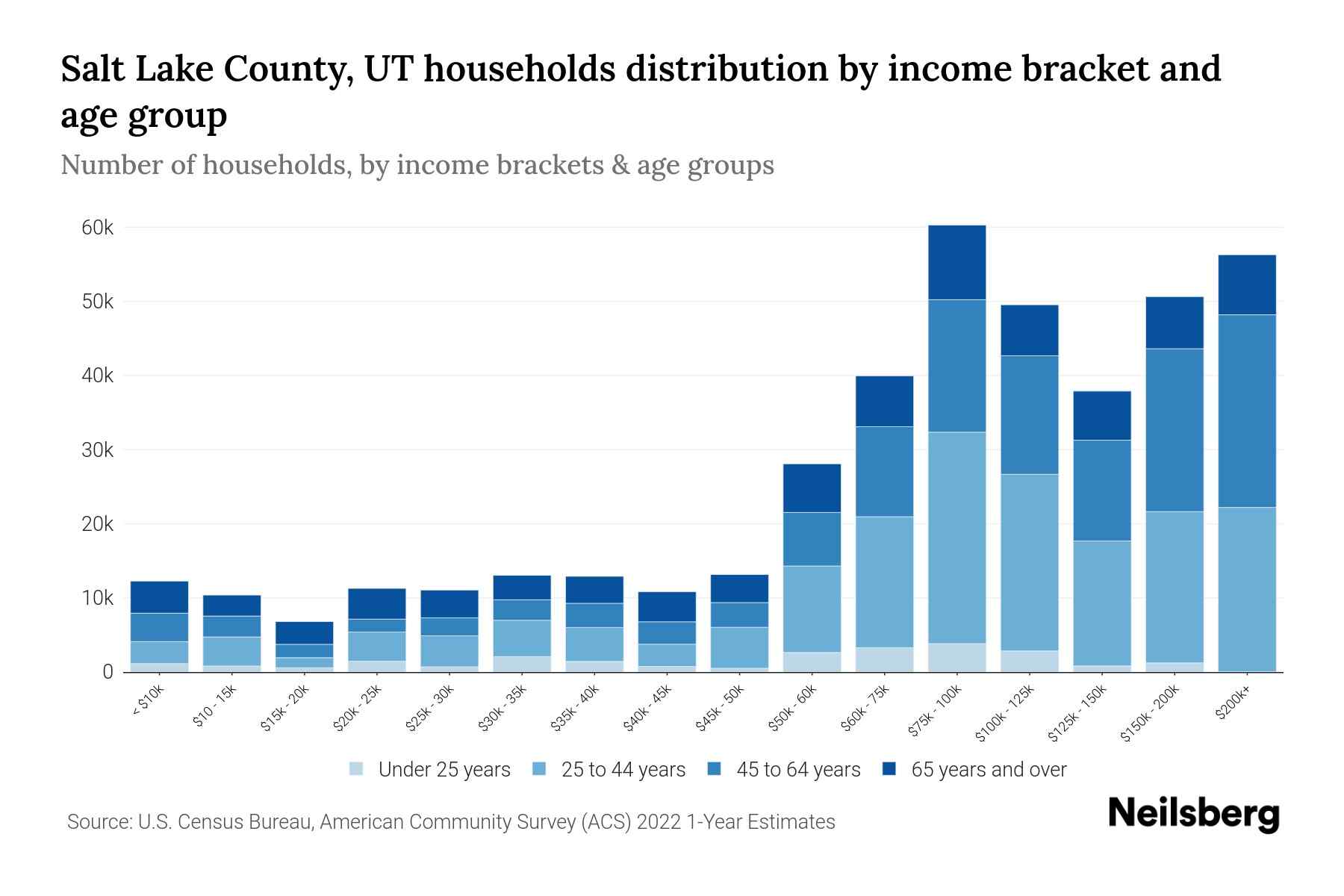Average Income In Salt Lake City

The bustling streets of Salt Lake City, framed by the majestic Wasatch Mountains, often paint a picture of prosperity. Yet, beneath the surface of gleaming skyscrapers and trendy eateries lies a more complex economic reality: the average income of its residents.
Is the city truly a land of opportunity for all, or are some segments of the population being left behind in the race for economic well-being?
This report delves into the nuanced landscape of Salt Lake City's average income, examining its trends, disparities, and the factors shaping its trajectory. It's a comprehensive look at who's earning what, and why it matters for the future of this rapidly growing metropolis.
Understanding the Numbers: Averages and Medians
Defining "average income" can be tricky. Often, both the mean (arithmetic average) and the median (the midpoint in a distribution) are used to paint a more complete picture.
According to the U.S. Census Bureau's American Community Survey, the median household income in Salt Lake City between 2018 and 2022 was approximately $74,000.
However, the mean household income during the same period was significantly higher, hovering around $95,000, suggesting that a segment of the population earns considerably more, pulling the average upward.
Household vs. Individual Income
It is important to distinguish between household and individual income. Household income represents the combined earnings of all residents within a single dwelling.
Individual income, on the other hand, reflects the earnings of a single person. Individual income is often substantially lower than household income.
Data from the Bureau of Labor Statistics shows the median individual income in Salt Lake City is considerably lower than the median household income, highlighting the reliance on multiple income earners within many households to maintain their standard of living.
Factors Influencing Income Levels
Numerous factors contribute to the income levels observed in Salt Lake City. These encompass everything from educational attainment to industry trends, and even demographic shifts.
Education and Skills
Higher levels of education are strongly correlated with higher earning potential. Individuals with bachelor's degrees or advanced degrees typically command higher salaries than those with only a high school diploma or some college education.
Salt Lake City, with its proximity to several universities, including the University of Utah, benefits from a relatively well-educated workforce, contributing to its overall higher average income compared to some other areas.
However, the rising cost of higher education poses a challenge, potentially limiting access to these opportunities for lower-income individuals and families.
Industry and Employment Sectors
Salt Lake City's economy has diversified significantly in recent years, with growing sectors in technology, healthcare, and finance. These industries often offer higher-paying jobs compared to traditional sectors like retail or hospitality.
The presence of major tech companies and a thriving startup scene has boosted average incomes in certain pockets of the city.
However, it's crucial to consider that not all residents possess the skills and training necessary to access these high-paying positions, creating a skills gap that needs to be addressed.
Cost of Living and Housing Affordability
While average incomes in Salt Lake City may seem relatively high, the rising cost of living, particularly housing, significantly impacts residents' financial well-being.
Housing prices have soared in recent years, making it increasingly difficult for individuals and families to afford to buy or rent a home. This affordability crisis puts downward pressure on disposable income, even for those earning above the average.
"The rising cost of housing is undoubtedly the biggest challenge facing Salt Lake City residents," says Dr. Emily Carter, an economist at the University of Utah. "Even with decent wages, many are struggling to make ends meet."
Income Inequality: A Growing Concern
The gap between the highest and lowest earners in Salt Lake City is a growing concern. While some residents are thriving, others are struggling to keep up, exacerbating income inequality.
This disparity can be measured using the Gini coefficient, a statistical measure of income inequality ranging from 0 (perfect equality) to 1 (perfect inequality). While specific, up-to-the-minute Gini coefficient data for Salt Lake City is not readily available, trends suggest the inequality is on the rise, mirroring national patterns.
Factors contributing to this inequality include differences in education, access to opportunities, and systemic barriers that disproportionately affect marginalized communities.
The Future of Income in Salt Lake City
The trajectory of average income in Salt Lake City will depend on a variety of factors. These range from continued economic growth to policy decisions aimed at addressing income inequality and housing affordability.
Economic Development and Job Creation
Attracting new businesses and creating high-paying jobs will be crucial for boosting average incomes across the board. Investing in workforce development programs to equip residents with the skills needed for emerging industries is essential.
This will ensure that more residents can benefit from the city's economic growth.
Promoting entrepreneurship and supporting small businesses can also contribute to a more diverse and equitable economy.
Addressing Housing Affordability
Implementing policies to address the housing affordability crisis is paramount. This includes increasing the supply of affordable housing, providing rental assistance, and exploring alternative housing models.
Without addressing this issue, even rising average incomes may not translate into improved living standards for many residents.
Collaborative efforts between the government, private sector, and non-profit organizations are needed to find sustainable solutions.
Investing in Education and Opportunity
Expanding access to quality education, from early childhood programs to higher education, is vital for promoting economic mobility. Providing scholarships, grants, and other financial aid can help level the playing field and ensure that everyone has the opportunity to succeed.
Addressing systemic inequalities and biases that limit opportunities for marginalized communities is also crucial.
By investing in education and opportunity, Salt Lake City can create a more inclusive and prosperous future for all its residents.
The average income in Salt Lake City is a complex and evolving issue. While the city boasts a relatively high average income, disparities persist, and the rising cost of living poses significant challenges.
By addressing these challenges and investing in education, job creation, and housing affordability, Salt Lake City can strive towards a more equitable and prosperous future for all its residents.
The city's success hinges on its ability to ensure that everyone has the opportunity to share in its economic growth and achieve a decent standard of living.
















![Average Income In Salt Lake City Salt Lake City Cost of Living [2024] – 💰What Is the Average Cost of](https://wasatchmovingco.com/wp-content/uploads/2018/12/Salt-Lake-City-Cost-of-Living.jpg)

